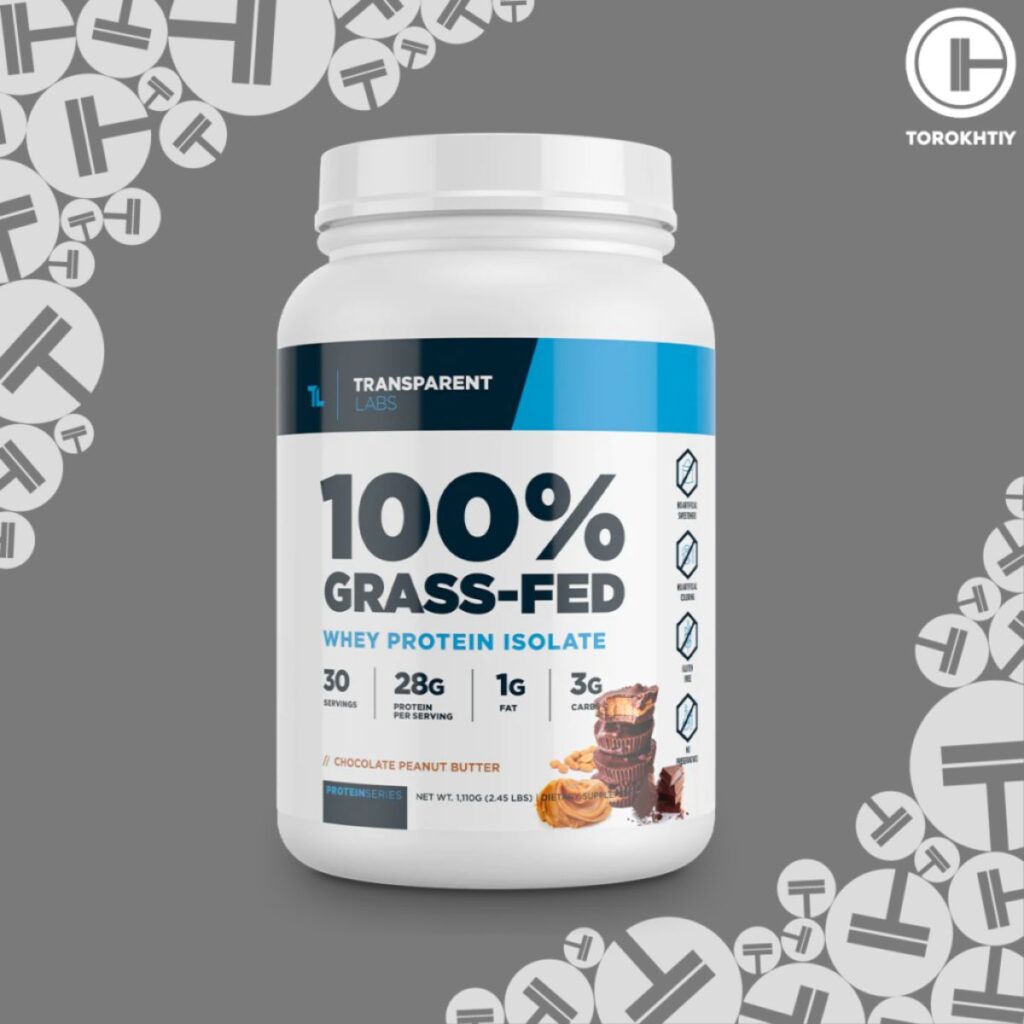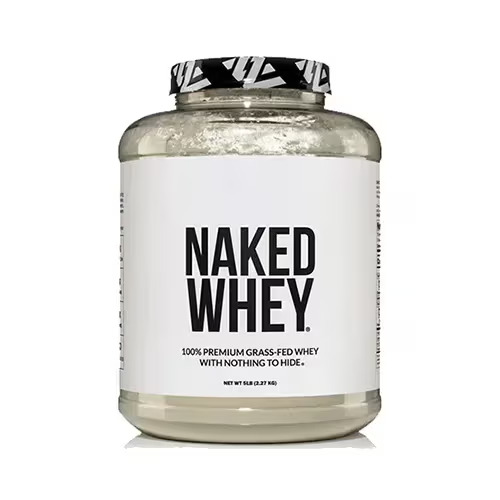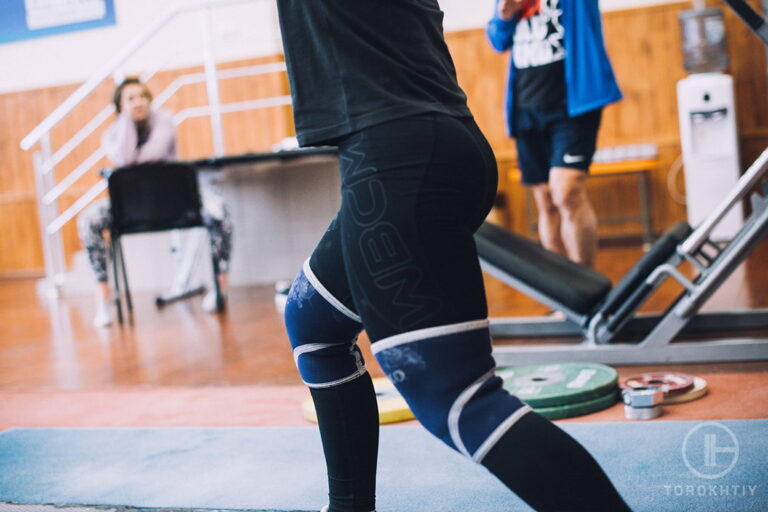Whey Protein Isolate vs Concentrate: Difference Explained
Are you debating between whey protein isolate vs concentrate for your daily consumption? In this post, I’ll compare both types and explore their source, benefits, and drawbacks. I’ll also list my favorite products so you can decide which is best for you. Keep reading to find out which one takes the prize!
Whey Protein Isolate vs Concentrate: What Are They? Whey isolate vs concentrate are both made from a byproduct of cheesemaking – whey, which is turned into whey protein concentrate or isolate in dried form. The isolate has a higher percentage of protein-by-weight ratio and significantly less lactose, but higher price than concentrate.
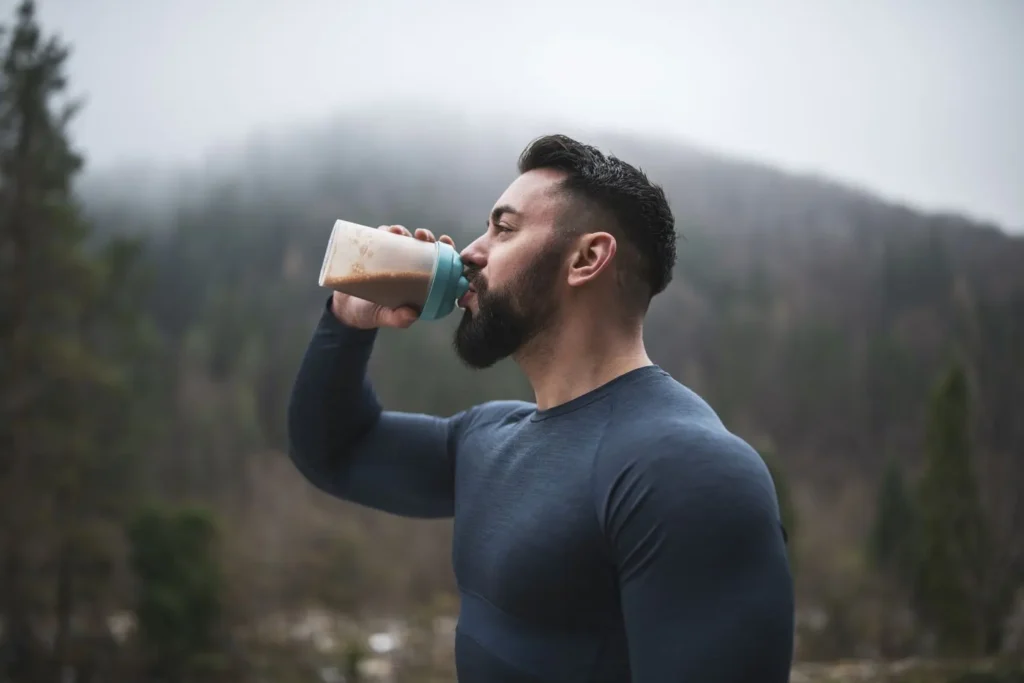
What’s Whey Protein Concentrate?
Whey protein concentrate (WPC) is a digestible and bioavailable group of proteins made from liquid whey. It is a mixture of water with protein, fat and carbohydrates. For further whey protein production in powdered form, whey is filtered and dried.
WPC is cheap and readily available, and generally has a protein concentration up to 80% of dry product, with the remaining 20% made up of fats and carbohydrates (mainly in the form of lactose). In terms of its nutritional value, WPC is a complete protein, which contains all 9 essential amino acids in needed amounts.
What’s Whey Protein Isolate?
The same as WPC, whey protein isolate (WPI) is a byproduct of the cheese-making process. This is a more processed form of whey protein that usually has lesser lactose and fat content in comparison to concentrate. Both proteins undergo a filtration process, but WPI undergoes additional filtering loops. This results in a more pure form of whey protein with higher protein concentration compared to WPC – generally over 80%, closer to 90% or higher of dry weight.
Whey protein isolate contains low to zero amounts of lactose, making this product more suitable for people with lactose intolerance. Also, due to the absence or lower amount of fat and/or lactose, one serving of whey protein isolate may contain fewer calories than the WPC.
Whey Protein Isolate vs Concentrate
1. Processing
The main difference between concentrate vs isolate protein comes from the way it’s processed. Have you ever wondered how a simple ingredient like milk gets magically transformed into the protein powder you consume every day? Below you will get acquainted with this process in a simplified form.
Step 1: Getting The Milk + Pasteurization
Whey protein is a dairy product made from fresh cow’s milk, which is transported to processing facilities in large cooling tanks.
Even with the best transportation facilities, fresh milk isn’t safe for consumption in its raw form. This is where the next step of the process comes in: pasteurization. To kill the harmful bacteria and other pathogens in raw milk, it is heat-treated and cooled immediately to retain its nutrients while lowering the risk of microbial growth.
Step 2: Separating The Whey From Casein
The milk is treated with enzymes to separate the curd from whey. The curds are then removed to be used for making different types of cheeses, while the liquid whey is further processed to be turned into whey protein concentrate or isolate.
Step 3: Filtration / Ultrafiltration / Ion Exchange
Different filtration methods are used to produce WPC and WPI. With the help of a filtration membrane manufacturers increase the concentration of protein and purify the whey. Using microfiltration membrane, whey is purified to remove fats and carbohydrates.
Whey protein concentrate can be processed even further to make whey protein isolate. This can happen through an additional ultrafiltration method where a highly selective membrane retains protein while removing fat and lactose even more, resulting in whey protein with higher protein concentration than in WPC, with little to no fat and lactose.
For the production of the isolate, a technology called Ion exchange chromatography is also may be used. This process selectively isolates specific protein components, by sending the raw whey through a column that collects and separates the proteins. During this process lactose is washed away.
Step 4: Spray-Drying and Packaging
At this stage, whey with a higher protein concentration goes through a special drying process. The water is rapidly extracted under the influence of hot and cold air. This technique is called spray-drying.
That’s all, the protein is ready for packaging and adding additional ingredients, including natural or artificial sweeteners.
By the way, some brands use a mixture of concentrate and isolate in one product. Thanks to this, the price of such a product can be lower than if we were to buy 100% protein isolate.
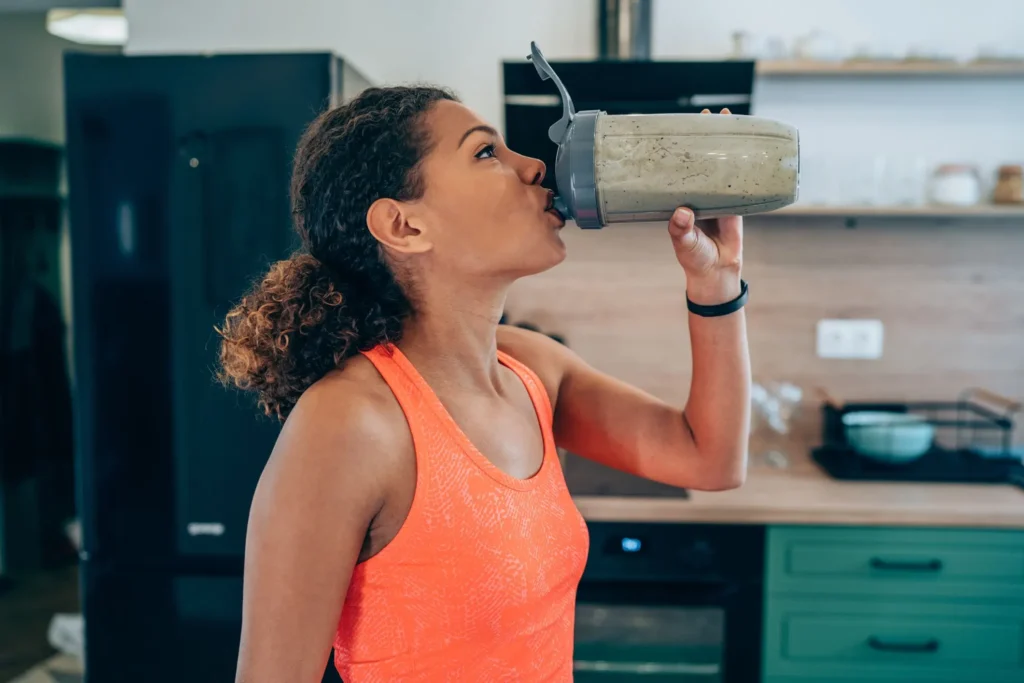
2. Average Protein Content
All whey protein supplements deliver highly concentrated protein with great bioavailability and amino acids profile. The choice between concentrate vs isolate protein depends on your protein and fitness goals, tolerance from the gastrointestinal tract, personal preferences and budget.
Based on the International Society of Sports Nutrition Position Stand, for building or maintaining muscle mass, an overall daily protein intake in the range of 1.4–2.0 g protein/kg body weight/day (0.64-0.9 g per pound of body weight) is sufficient for most exercising individuals. Your daily protein intake should be tailored to your goals, lifestyle and preferences. Such variables as sex, age, type of training and other factors should be also considered when determining how much protein you need to consume daily.
Based on protein-by-weight ratio, WPI generally has a higher amount of protein than WPC, since fats and carbohydrates are removed during the additional filtration processes described above.
3. Protein-By-Weight Ratio (%)
When choosing between whey protein concentrate vs isolate, it’s important to read the ingredient list and calculate the protein-by-weight ratio of the supplement.
Although the calorie content of one standard serving may not differ (on average it is 110-120 kcal), due to the higher amount of fats and carbohydrates concentrate generally has less protein than the isolate as a percentage of the total weight of the serving.
To calculate protein-by-weight ratio, you need to divide the amount of protein in a serving by the weight of the serving, then multiply by 100.
For example, the weight of a portion of the product is 30 g (powdered form) containing 25 g of protein. In this case, the formula looks like this:
(25g of protein / 30g serving weight) x 100 = 83%
This means that in this particular product protein accounts for 83% of dry weight.
4. Average Carbohydrate and Fat Content
If the supplement does not contain natural sweeteners (for example, coconut sugar), a serving of whey protein isolate usually contains anywhere from zero to 2 grams of carbohydrates. Whereas the concentrate contains 2-4 grams of carbohydrates per serving.
The overall macronutrient composition depends on the specific brand and specific product. For example, some brands make whey protein isolate with 7 or even 9 grams of carbohydrates per serving. Because of this, the protein-by-weight ratio can decrease significantly, and even for an WPI it can be only 70%. Keep that in mind.
As for the fat content, the concentrate contains an average of 1-2 grams of fat, while the isolate contains 0-1 grams per serving.
5. Lactose Content
Due to additional filtration steps in the production process, most, if not all, of the lactose content is removed from WPI. This makes it a much better choice for people with lactose intolerance. WPC, on the other hand, has a lot more lactose per serving because it hasn’t gone through the same additional filtering loops as WPI.
6. Price Range
Generally speaking, per gram WPI tends to cost more, since it requires additional stages of processing, has a higher protein-by-weight ratio and is also more versatile in terms of tolerability by the digestive system.
On average, one serving of WPC can cost $1-1.3, while one serving of WPI can cost anywhere from $1.2 to $1.7, up to $2, or even higher. It all depends on the specific brand and the technologies it uses, the brand’s reputation, protein-by-weight ratio as well as whether the supplement is certified by an organization that tests the product for safety and the absence of harmful substances or impurities (it is called third party testing).
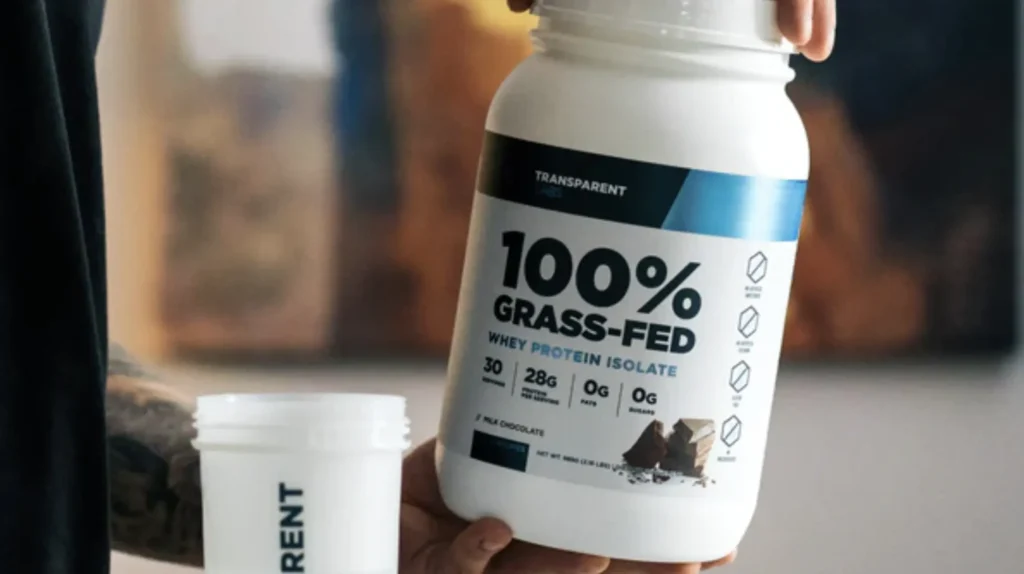
Whey Protein Isolate vs Concentrate: Summary
By now, we’ve seen the difference in how WPI and WPC are processed and how that affects their final composition. But what does that mean for the consumer? Let’s round up the pros and cons for each type so that you can decide which one is better for your goals.
Pros/Cons of the Concentrate
Positives:
Could be better:
Pros/Cons of the Isolate
Positives:
Could be better:
Whey Protein Isolate vs Concentrate: When to Use Each?
Both options are great. If you want to increase the total protein in your diet or just have another source of protein (along with poultry, fish, Greek yogurt and other protein sources from whole food), either option will work for you. However, whey protein concentrate is the most affordable protein on the sports nutrition market, and the protein concentration is not much lower than isolate.
On the other hand, if you have lactose intolerance, isolate is definitely a better choice for you. Also, if you want to get the most concentrated amount of protein per serving, with no or minimal fat and carbohydrates, choose whey protein isolate. However, don’t forget to learn “Nutrition Facts” on the product label. Also, choose a protein with 0 grams of added sugar.
Which One Is for Weight Gain and Which One Is for Weight Loss?
Gaining or losing weight ultimately comes down to your calorie consumption. So, naturally, if you’re trying to lose weight, to maintain a deficit you should pick foods that have fewer calories and higher proportion of protein. On the other hand, gaining weight requires a calorie surplus that can be achieved by consuming calorie-dense foods, with more carbs and fats.
Both WPI and WPC are high in protein, and studies demonstrate that higher protein diets have a more favorable effect on weight loss and fat mass loss compared to lower protein diets. So, weight loss can be achieved by either supplement. However, for the same number of calories per serving, isolates usually contain less fat and carbohydrates, but as many or more protein in grams as concentrate, making it a better choice for cutting. And remember that more protein means more satiety, which is one of the key factors in weight loss.
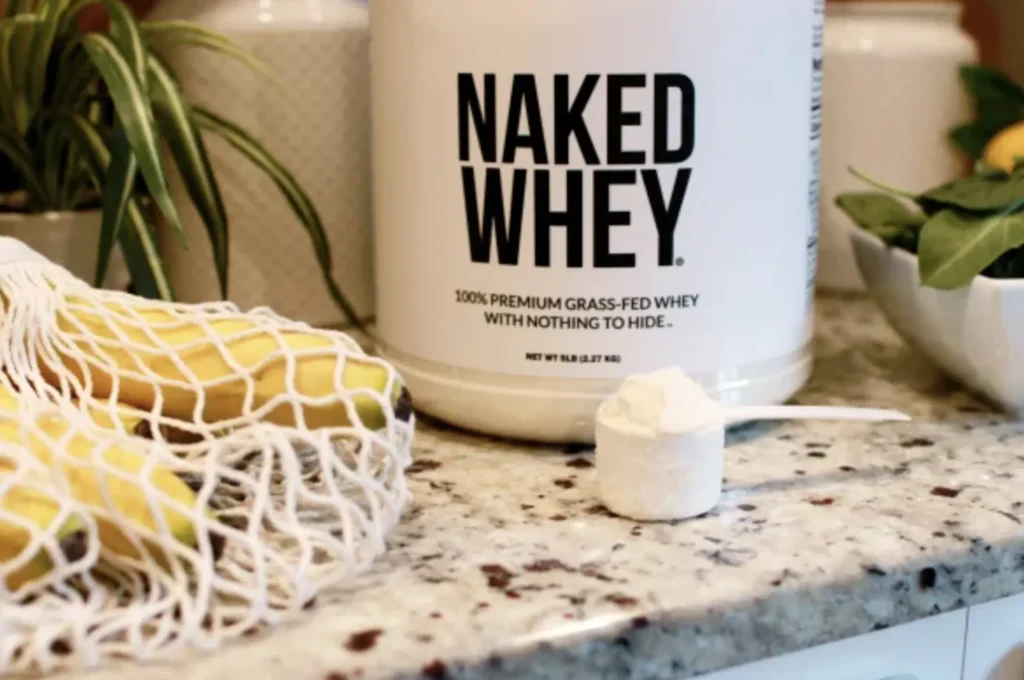
How To Pick Protein?
1. Diet Type
As you already know, if your goal is to lose weight, whey protein isolate may be a better choice. If at the same time you are also trying to minimize lactose, isolate is definitely your ‘whey’ to go.
For those who simply want to add more protein to their diet and have no problems with lactose, whey concentrate offers excellent value for money.
2. Protein Source
Protein is made of amino acids, and there are 20 amino acids that your body needs to grow and function properly, out of which nine are essential amino acids (EAAs), which means they must be consumed from the diet. However, neither supplement has an advantage, as they are both derived from the same source of high-quality, bioavailable and complete whey protein.
3. Serving Size
Most protein powders have serving sizes suggested on the labels. A serving of powder is usually 25-34 grams, of which 20-30 grams is protein.
4. Approx. Price per Serving
Protein powders come in a range of prices, so choosing the best one can be tricky. Cheap proteins may save you money, but they could also contain more filler ingredients, more lactose and less protein per serving.
Read the nutrition label on the back of the protein supplement and determine how much each serving costs and how much protein you get per serving.
Whey concentrate is usually cheaper than whey isolate, but it also has a worse protein-by-weight ratio. However, among the factors that were already listed earlier (technologies, brand reputation, third party testing), there is another important factor – the volume of the package. The larger the volume, the cheaper the cost per serving. For example, 5lb packages are more profitable for consumers than the same product in 2lb packages.
5. Protein-by-Weight Ratio (%)
If you want the most protein in one serving, pick a supplement with the highest protein-by-weight ratio. The higher the percentage of protein in the total serving of powder, the better.
For example, in one product, a portion of powder is 32 grams, and protein in it is 24 grams (typical for a concentrate). In another product, the portion is the same (32 g), but the protein is 28 grams (typical for isolate). The second product has an advantage.
As already mentioned earlier, in general, the percentage of protein in concentrates is up to 80%, while in isolates it is closer to 90% and may be even higher. However, when recalculating manually, it happens that the whey protein concentrate contains more than 80% of protein-by-weight ratio. The opposite happens with the isolate. In some products, its percentage can be slightly less than 80% of protein-by-weight ratio. This happens, so it will not be superfluous to calculate the percentage manually.
6. Label Transparency
Protein supplements may contain a lot more than just its main component, so brands need to disclose all the ingredients on the label. Whey protein may contain natural sweeteners (like (maple syrup, brown rice syrup, coconut sugar) or artificial sweeteners (most often acesulfame potassium and sucralose), thickening agents (that provide bulk for a thicker protein shake), emulsifiers for creamy mouthfeel and other ingredients. This does not mean that the product will cause harm, but you should be aware of what you are consuming in addition to protein.
It’s possible that the protein powder you choose might have something that you’re allergic or sensitive to. For example, soy, gluten or one of the ingredients listed above. Also, keep in mind that whey and other milk-based protein powders are contraindicated for people with milk protein allergies. So if you are allergic to cow’s milk, avoid using whey protein.
By the “whey”, there are plenty of products on the market with minimal ingredients, also without soy and gluten. And these are the products we recommend at the end of this review.
7. Value for Money
Whether you’re looking for whey protein isolate or concentrate, I’ve highlighted my top picks below that offer excellent value for money. Both products contain a large portion of high-quality protein with little or no additional ingredients.
Isolate I Recommend
Transparent Labs’ 100% Grass-Fed Whey Protein Isolate
- Serving Size: 32.96 grams
- Price Per Serving: ~$1.8
- Protein Percent Of Weight (%): 85%
- Proteins: 28 grams
- Carbohydrates: 1 gram (depends on flavor)
- Fat: 0.5 gram (French Vanilla only)
- Added Sugar: 0 gram
- Calories Per Serving: 120
- Recommended By Athletes: Hafþór Júlíus Björnsson, Terron Beckham, Paul Sklar
I recommend Transparent Labs Grass-Fed Whey Protein Isolate and there are many reasons for this: it contains only 100% protein isolate (not a mix of concentrate and isolate), a whooping 28 grams of protein per serving and zero grams of fat. This product has versatile macro breakdown and this is why it’s suitable for any goal. Another additional bonus – very high score on Labdoor (which means that this protein is third party tested).
Concentrate I Recommend
If you’re looking for a high-quality whey concentrate free of any additives, I highly recommend an unflavored version of Naked Whey. It has only one ingredient – whey protein concentrate and contains 83% of protein-by-weight ratio (25 grams of protein per serving). This product is Informed Choice certified. When buying a 5lb package, the cost of one serving of protein is approximately $1.25
FAQ
Which is better, isolate or whey protein?
If you want a better protein-by-weight ratio and less to zero lactose, isolate is best. If you don’t have a problem with lactose and want to save some money, you can choose WPC. There is no revolutionary difference between different types of whey protein.
Is whey protein the same as isolate?
Whey is the raw material from which manufacturers produce whey protein in a dried, concentrated form, and isolate is one of its types, along with concentrate. However, isolate is more refined since it goes through additional filtration loops to remove carbohydrates and fats. As a result, it has a higher protein-by-weight ratio. It also has less lactose than whey concentrate.
Conclusion
In terms of price, versatility and protein per serving, WPI is one of the best proteins on the market. Since it contains zero to very little lactose, it is also better suited for people with lactose intolerance. Do you prefer isolate or concentrate? Comment below and let me know!
Also Read:
- Best Unflavored Protein Powder
- Best Protein Shake for Diabetes
- How Much Is A Scoop Of Protein Powder
- Best Protein Powder for Digestive Issues
- Best Grass Fed Whey Protein
- Protein vs Bcaa
- Should You Drink Protein Shakes On Rest Days
- Best Protein Powder For Beginners
- Best Protein Powder for Weight Gain
References:
- Elemental bioavailability in whey protein supplements // ScienceDirect: https://www.sciencedirect.com/science/article/pii/S0889157522003143
- Milk Protein Products | Whey Protein Products // ScienceDirect: https://www.sciencedirect.com/topics/agricultural-and-biological-sciences/whey-protein-isolate
- International Society of Sports Nutrition Position Stand: protein and exercise // Journal of the International Society of Sports Nutrition: https://jissn.biomedcentral.com/articles/10.1186/s12970-017-0177-8
- What Is Third-Party Certification? // NSF:
https://www.nsf.org/knowledge-library/what-is-third-party-certification - Is protein the forgotten ingredient: Effects of higher compared to lower protein diets on cardiometabolic risk factors. A systematic review and meta-analysis of randomised controlled trials // ScienceDirect: https://www.sciencedirect.com/science/article/abs/pii/S0021915021002471
- Transparent Labs 100% Grass-Fed Whey Protein Isolate // Labdoor: https://labdoor.com/review/transparent-labs-100-grass-fed-whey-protein-isolate
- Naked Whey // Choice: https://choice.wetestyoutrust.com/supplement-search/naked-nutrition/naked-whey
Why Trust Us?
With over 20 years in Olympic Weightlifting, our team does its best to provide the audience with ultimate support and meet the needs and requirements of advanced athletes and professional lifters, as well as people who strive to open new opportunities and develop their physical capabilities with us.
By trusting the recommendations of our certified experts in coaching, nutrition, dietology, and sports training programming, as well as scientific consultants, and physiotherapists, we provide you with thorough, well-considered, and scientifically proven content. All the information given in the articles concerning workout programming, separate exercises, and athletic performance, in general, is based on verified data. We ensure that you can rely on our professionals’ pieces of advice and recommendations that can be treated as personalized ones which will benefit you and fully meet your needs.
The product testing process is described in more detail here
Author: Oleksandr Maksymenko
Certified Sports Nutritionist,
MSc Sports Dietetics
Specializing in: Weight management, Fitness / Sports nutrition
Oleksandr is a professional fitness nutritionist certified by the Fitness Professional Association (FPA). He follows the principles of evidence-based dietetics and fosters a healthy relationship with food in his clients, ensuring there are no strict prohibitions on their favorite foods or frequent lapses. His primary goal is not only to achieve results for you but also to sustain them over the long term, all while enjoying tasty and delicious food.

